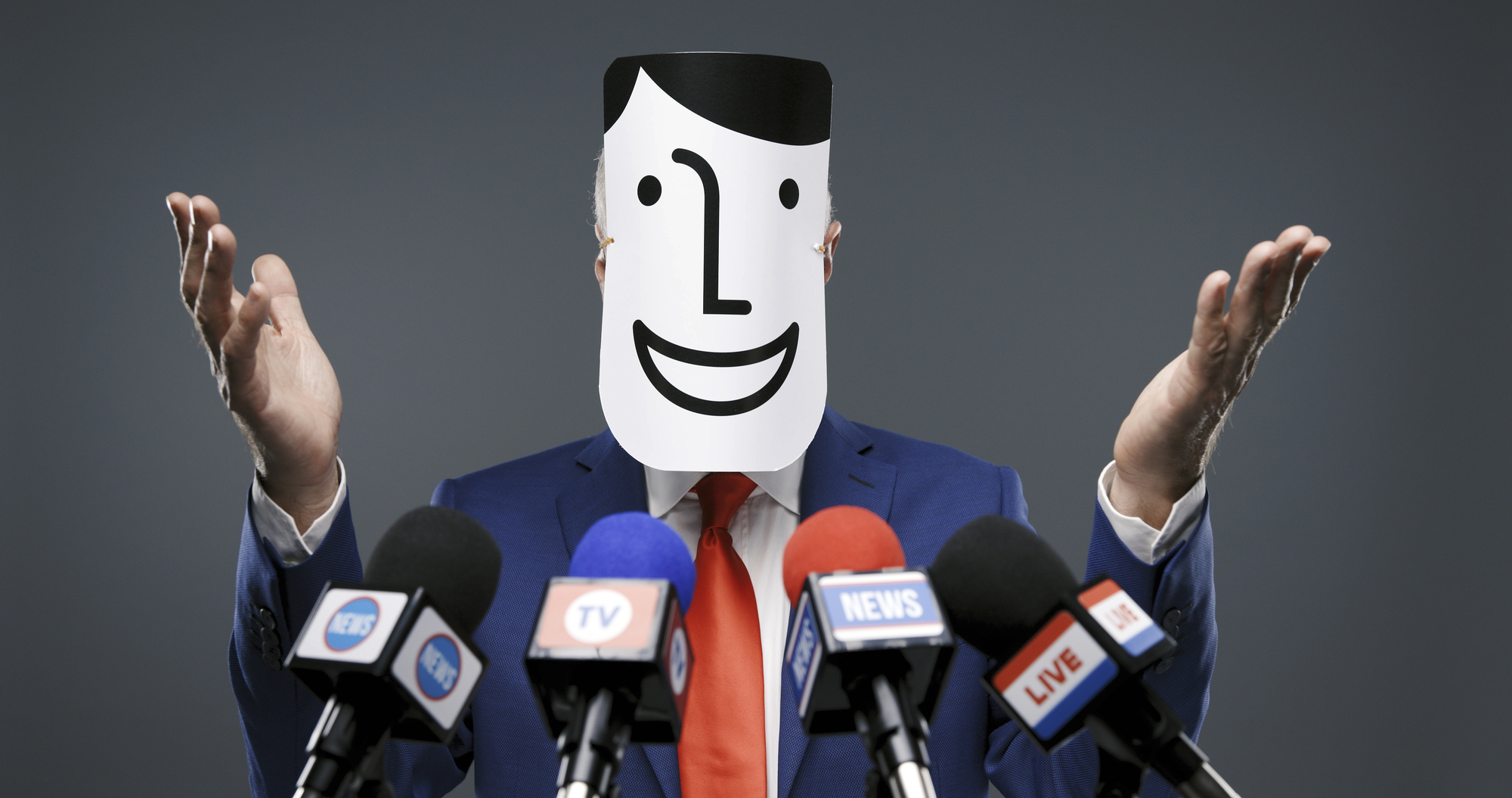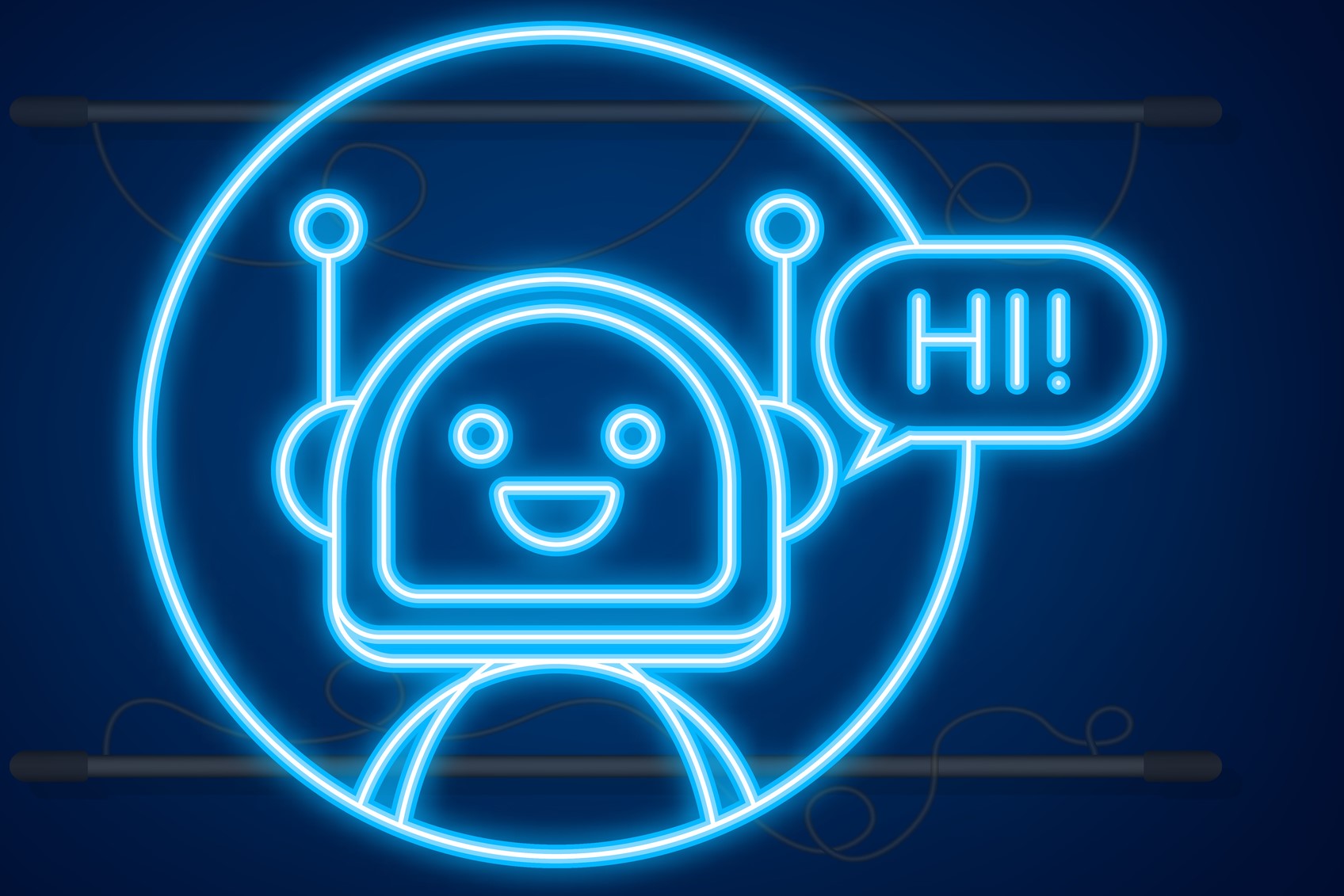The Ethics of AI Behavior Manipulation
Recently, news came from California that police were playing loud, copyrighted music when responding to criminal activity. While investigating a stolen vehicle report, video was taken of the police blasting Disney songs like those from the movie Toy Story. The reason the police were doing this was to make it easier to take down footage of their activities. If the footage has copyrighted music, then a streaming service like YouTube will flag it and remove it, so the reasoning goes.
A case like this presents several ethical problems, but in particular it highlights an issue of how AI can change the way that people behave.
The police were taking advantage of what they knew about the algorithm to manipulate events in their favor. This raises obvious questions: Does the way AI affects our behavior present unique ethical concerns? Should we be worried about how our behavior is adapting to suit an algorithm? When is it wrong to use one’s understanding of an algorithm as leverage to their own benefit? And, if there are ethical concerns about algorithms having this effect on our behavior should they be designed in ways to encourage you to act ethically?
It is already well-known that algorithms can affect your behavior by creating addictive impulses. Not long ago, I noted how the attention economy incentivizes companies to make their recommendation algorithms as addictive as possible, but there are other ways in which AI is altering our behavior. Plastic surgeons, for example, have noted a rise in what is being called “snapchat dysmorphia,” or patients who desperately want to look like their snapchat filter. The rise of deepfakes are also encouraging manipulation and deception, making it more difficult to tell reality apart from fiction. Recently, philosophers John Symons and Ramón Alvarado have even argued that such technologies undermine our capacity as knowers and diminishes our epistemic standing.
Algorithms can also manipulate people’s behavior by creating measurable proxies for otherwise immeasurable concepts. Once the proxy is known, people begin to strategically manipulate the algorithm to their advantage. It’s like knowing in advance what a test will include and then simply teaching the test. YouTubers chase whatever feature, function, length, or title they believe the algorithm will pick up and turn their video into a viral hit. It’s been reported that music artists like Halsey are frustrated by record labels who want a “fake viral moment on TikTok” before they will release a song.
This is problematic not only because viral TikTok success may be a poor proxy for musical success, but also because the proxies in the video that the algorithm is looking for also may have nothing to do with musical success.
This looks like a clear example of someone adapting their behavior to suit an algorithm for bad reasons. On top of that, the lack of transparency creates a market for those who know more about the algorithm and can manipulate it to take advantage of those that do not.
Should greater attention be paid to how algorithms generated by AI affect the way we behave? Some may argue that these kinds of cases are nothing new. The rise of the internet and new technologies may have changed the means of promotion, but trying anything to drum up publicity is something artists and labels have always done. Arguments about airbrushing and body image also predate the debate about deepfakes. However, if there is one aspect of this issue that appears unique, it is the scale at which algorithms can operate – a scale which dramatically affects their ability to alter the behavior of great swaths of people. As philosopher Thomas Christiano notes (and many others have echoed), “the distinctive character of algorithmic communications is the sheer scale of the data.”
If this is true, and one of the most distinctive aspects of AI’s ability to change our behavior is the scale at which it is capable of operating, do we have an obligation to design them so as to make people act more ethically?
For example, in the book The Ethical Algorithm, the authors present the case of an app that gives directions. When an algorithm is considering the direction to give you, it could choose to try and ensure that your directions are the most efficient for you. However, by doing the same for everyone it could lead to a great deal of congestion on some roads while other roads are under-used, making for an inefficient use of infrastructure. Alternatively, the algorithm could be designed to coordinate traffic, making for a more efficient overall solution, but at the cost of potentially getting personally less efficient directions. Should an app cater to your self-interest or the city’s overall best-interest?
These issues have already led to real world changes in behavior as people attempt to cheat the algorithm to their benefit. In 2015, there were reports of people reporting false traffic accidents or traffic jams to the app Waze in order to deliberately re-route traffic elsewhere. Cases like this highlight the ethical issues involved. An algorithm can systematically change behavior, and just like trying to ease congestion, it can attempt to achieve better overall outcomes for a group without everyone having to deliberately coordinate. However, anyone who becomes aware of the system of rules and how they operate will have the opportunity to try to leverage those rules to their advantage, just like the YouTube algorithm expert who knows how to make your next video go viral.
This in turn raises issues about transparency and trust. The fact that it is known that algorithms can be biased and discriminatory weakens trust that people may have in an algorithm. To resolve this, the urge is to make algorithms more transparent. If the algorithm is transparent, then everyone can understand how it works, what it is looking for, and why certain things get recommended. It also prevents those who would otherwise understand or reverse engineer the algorithm from leveraging insider knowledge for their own benefit. However, as Andrew Burt of the Harvard Business Review notes, this introduces a paradox.
The more transparent you make the algorithm, the greater the chances that it can be manipulated and the larger the security risks that you incur.
This trade off between security, accountability, and manipulation is only going to become more important the more that algorithms are used and the more that they begin to affect people’s behaviors. Some outline of the specific purposes and intentions of an algorithm as it pertains to its potential large-scale effect on human behavior should be a matter of record if there is going to be public trust. Particularly when we look to cases like climate change or even the pandemic, we see the benefit of coordinated action, but there is clearly a growing need to address whether algorithms should be designed to support these collective efforts. There also needs to be greater focus on how proxies are being selected when measuring something and whether those approximations continue to make sense when it’s known that there are deliberate efforts to manipulate them and turned to an individual’s advantage.





